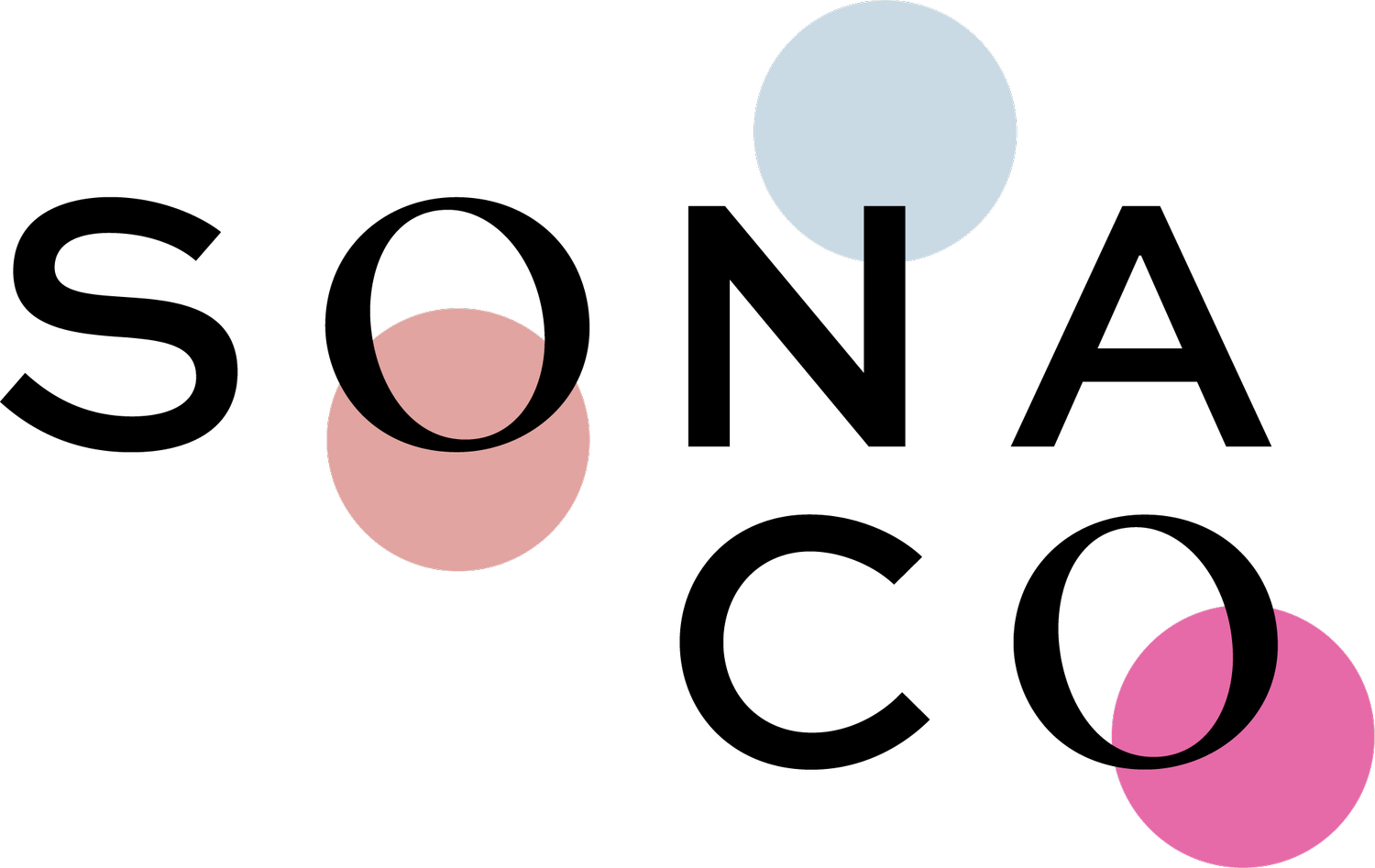Considering a Ketamine Therapy Group? Here’s What to Expect
Getting Comfortable with the Process
Before you choose to join a ketamine therapy group, we want you to know what to expect. Participating in a group is a powerful, often healing, opportunity to work through the triggers that show up in social settings, but it can also feel edgy. For many, participating in a group is an effective way to begin compassionately working through social anxiety and limiting beliefs that make leaning into relationships and community challenging.
The first group we ever belonged to was our family of origin. If you had a challenging experience in your family of origin–if for any reason this first group experience was unsafe, unsupportive, or even just a little less than ideal–participating in a group as an adult can brush up against old wounds and triggers. We want you to know that we get this and want to support you to feel as safe as possible in your ketamine therapy group experience.
Knowing what to expect from a ketamine therapy group is one way to support your nervous system to feel safe and centered as you make your decision.
The Stages of a Ketamine Therapy Group
Consultation and Screening
Before joining a ketamine therapy group, we always schedule a brief consultation phone call to discuss your reasons for joining the group and your goals, and to answer any questions you may have. We will ask you very basic screening questions to make sure that you are a good fit for a ketamine therapy group. We will inform you about the next steps and connect you with a prescriber for a medical intake if you are ready to move forward.
Medical Evaluation
You will meet with a medical provider via telehealth for a 30-60 minute medical screening. The prescriber will ask you about your physical and mental health and make sure that you are a fit for ketamine therapy. Note: The only contraindications for ketamine therapy are certain heart conditions, a history of stroke, uncontrolled hypertension and/or high blood pressure, schizophrenia, and a history of psychosis. They will prescribe the ketamine, which will be shipped to you from a local pharmacy.
*The cost of this evaluation is included in your total program cost.
Preparation Session
Before we have a medicine session, we will gather for a preparation session where you will meet your facilitators and other group members. We will guide you in mindfulness and somatic techniques that may be useful during your ketamine journeys. We will let you know what to expect from ketamine, the neuroscience of ketamine, and how to prepare and integrate your medicine sessions into daily life. We will support you in identifying your intentions for the medicine sessions and will answer any questions you may have about the medicine sessions.
Medicine Sessions
Each ketamine session follows a similar format: First, you will set up your “nest,” the space you journey in, which will include a mat on the floor, pillows, and any special items you wish to have with you. Collectively, we will drop in with mindfulness and somatic exercises, invite you to contribute to the community altar, and set intentions for the medicine journey. You will take the ketamine and journey for about two hours. You are welcome to “come out” sooner, and if you do, we encourage you to stay inward with journaling, meditation, resting, pulling tarot cards, and/or making art. To close, we will invite participants to share as much or as little as they’d like about their experience.
Integration Session
The final integration session will allow you to process and make sense of your experience with your group members. Integration is a crucial part of ketamine therapy and is meant to support you in applying the lessons learned to your daily life. The final group together is designed to pull together all the loose threads that may have come up in your medicine sessions. We facilitate a council-style circle for you to share your experiences, insights, challenges, and takeaways. We will offer additional support, such as journaling, contemplation practices, and/or body-centered exercises, to integrate your experience. We will close the container with a dedication and gratitude practice.
Follow-Up
We love to stay in touch for a few weeks following our integration session via email. We will send out a weekly email to you and your group members with integration tips and reminders, favorite songs from our ketamine playlists, and poems or quotes that fit with the theme of the group.
So, What Makes a Ketamine Therapy Group Different?
Joining a ketamine therapy group offers several advantages over individual ketamine therapy. Group therapy is beloved in the therapy world for the following reasons, among others:
Shared understanding and empathy between group members
Diversity of perspectives leads to more creativity and collaboration
Opportunity to learn and grow interpersonal skills
Connection and social support
Affordability
Our intention as facilitators is to create an environment of warmth and inclusion so that the felt sense of community in the ketamine therapy group may alleviate feelings of isolation and loneliness. We believe that healing happens within community.
Next Steps
If you are interested in learning more about whether ketamine therapy groups or individual ketamine therapy is right for you, please contact our team to learn more. We would be happy to schedule a complimentary consultation to discuss your options further.

